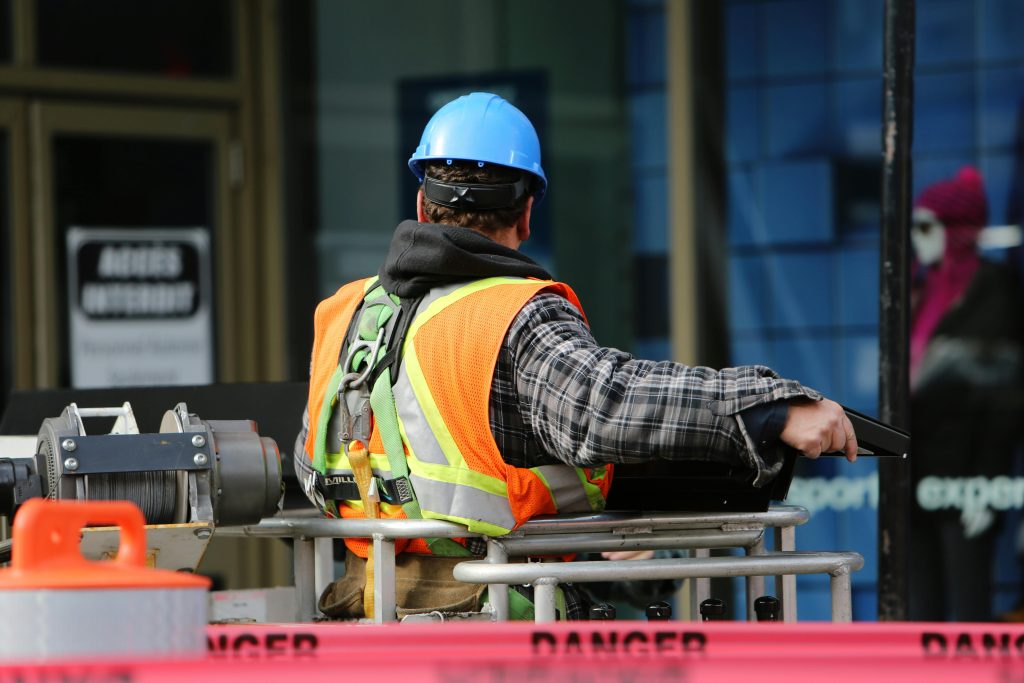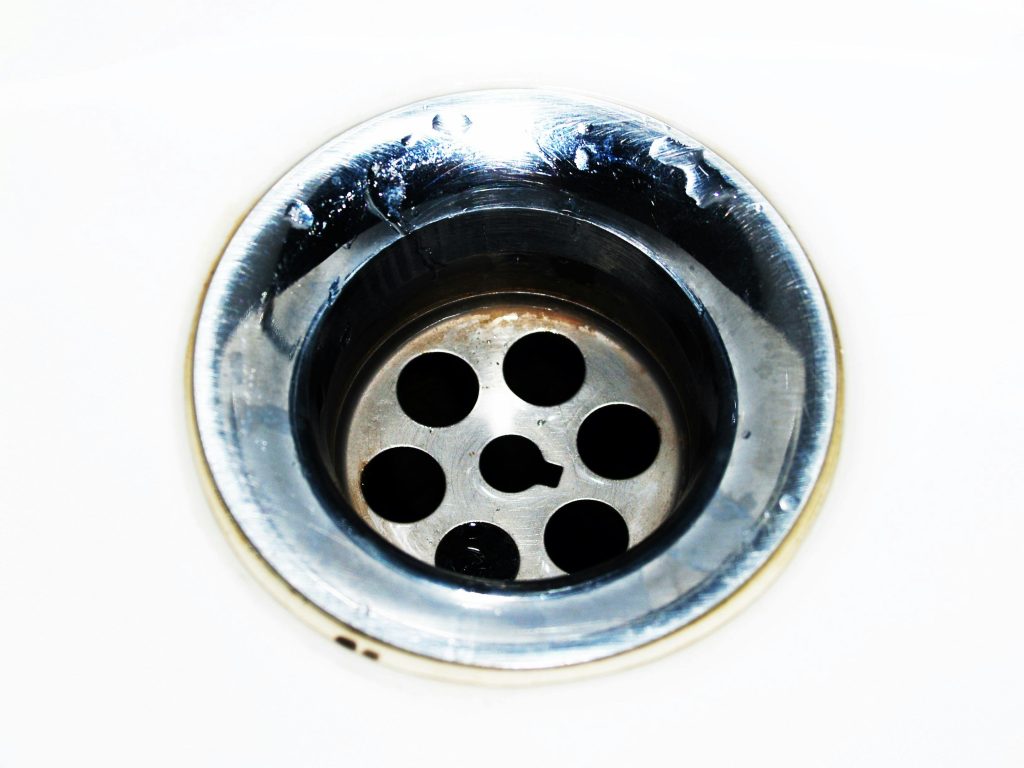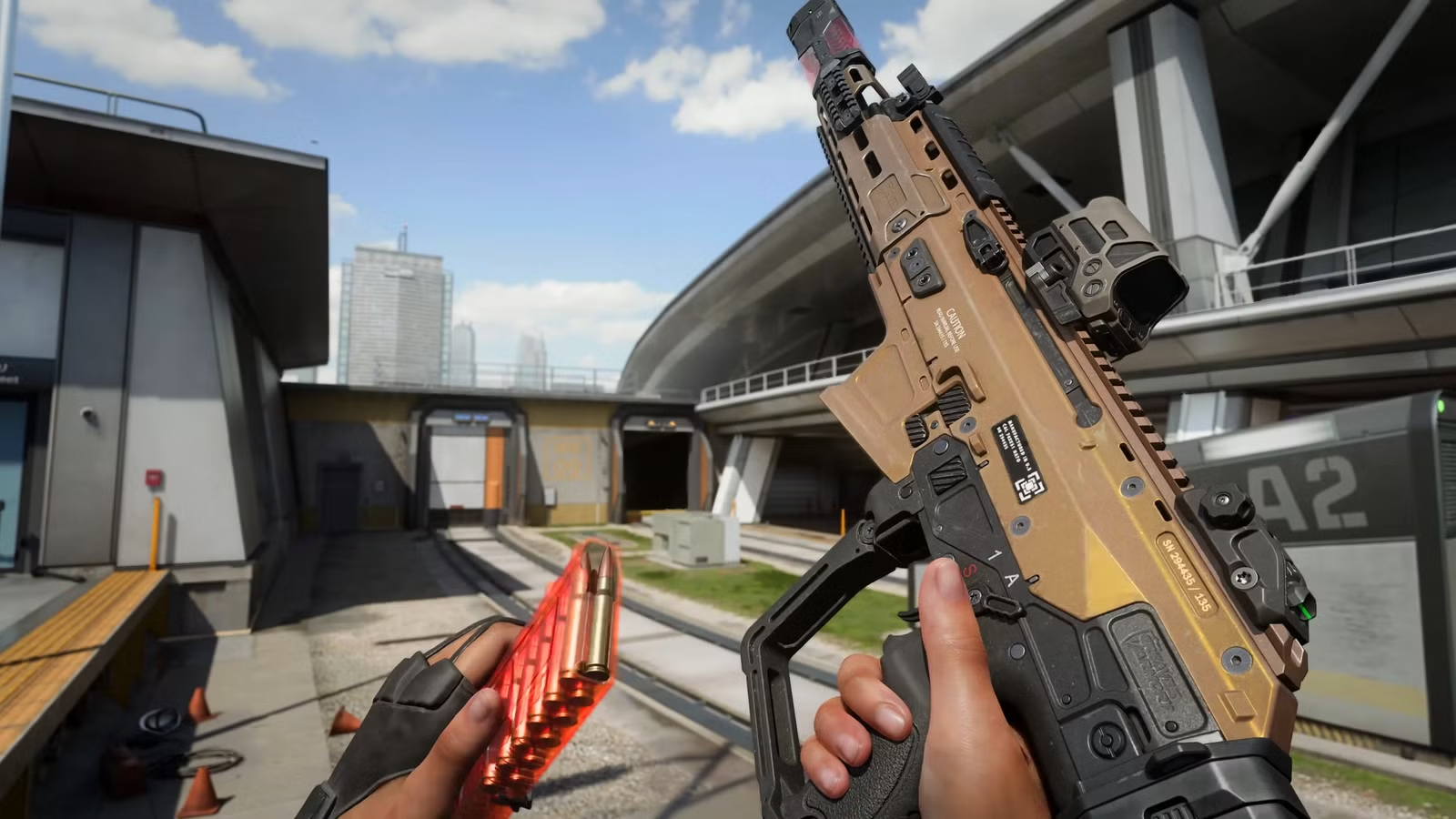Every commercial space must take the need for emergency lighting and exit signs seriously. These systems are not just suggestions. They are required by law and form a foundational part of life safety codes.
Whether you operate a warehouse, school, healthcare facility, or office building, it is your responsibility to verify compliance. Failing to do so risks more than penalties. Inadequate lighting during emergencies can lead to chaos, injuries, and even loss of life.
Codes governing emergency lighting and exit signs are updated regularly. The National Fire Protection Association (NFPA) and the Occupational Safety and Health Administration (OSHA) set clear expectations. Local fire marshals may also enforce their own regulations.
All of them agree on one thing: proper visibility during emergencies saves lives. Lighted pathways and clearly marked exits are not optional. They must work under the worst conditions, including power outages and smoke-filled environments.
The Purpose Behind Emergency Lighting Systems
Emergency lighting is designed to support occupants in getting out quickly and safely. During blackouts or fire events, panic spreads fast. In darkness, even familiar layouts become confusing. These lighting systems activate automatically when the power fails. They illuminate stairwells, corridors, and common areas so that people can move confidently toward exits.
There are strict rules about where these lights must be installed. Codes often require fixtures to be placed near exits, along escape paths, and in locations where directional changes occur. Placement matters because shadows or blind spots can hinder escape. Designers often perform photometric testing to measure light output and confirm that brightness remains within acceptable ranges.
What Code-Compliant Exit Signs Require
Exit signs must remain visible in all conditions. Codes typically require them to be illuminated at all times. They must also function for at least 90 minutes using backup power. Some models use batteries, while others are hardwired into emergency generators. Regardless of the method, reliability is the focus.
Lettering size and color also fall under code rules. Signs must use contrasting colors to stand out from walls. Red or green letters are common, depending on regional requirements. They must be legible from a specified distance, often 100 feet or more. Arrows may be required to show direction if the nearest exit is not immediately visible.
Many facilities also need directional indicators. These additions help guide people around corners or through hallways. In larger buildings, exits may be located at various distances. A proper setup avoids confusion. When every second matters, clarity is more valuable than aesthetics.
Emergency Lighting Maintenance

Regular maintenance is part of staying compliant. Lights and signs that do not work during an inspection may trigger violations or fines. Worse, if a real emergency occurs and people are harmed due to poor lighting, legal consequences can follow. For this reason, scheduled inspections are necessary.
Maintenance routines include monthly visual checks and annual full-function tests. Battery-powered systems require discharge tests to confirm that lights remain on for the mandated time period. Bulbs must be replaced when dim or dead. Battery terminals should be clean and secure. Wiring must be intact and free from corrosion.
Technicians also check test buttons on fixtures. These allow for quick assessments during routine walkthroughs. While self-testing systems exist, physical verification remains important. Environmental factors like heat, humidity, and dust can shorten equipment life. Even the best gear can fail without warning if neglected.
The Importance of Emergency Exit Lighting During Evacuations
In high-stress conditions, people do not always act logically. That is where emergency exit lighting makes the difference. These systems lead individuals to safe egress routes even if visibility is low. Emergency lighting paired with clearly marked exit signs forms a layered safety net. Together, they support a smoother evacuation.
Exit lighting can include path illumination, floor-level lighting, or glow-in-the-dark markings. All these options help orient occupants who may be unfamiliar with the building. In smoke conditions, lights placed lower to the ground become easier to follow. This design consideration improves outcomes during fire events when visibility often drops rapidly.
During emergency drills, exit lighting is often tested to observe how people respond. It becomes clear which pathways need better illumination or clearer signage. These practice sessions can reveal hidden risks long before an actual emergency forces a real evacuation.
Working with Trusted Sources for Safety Equipment
Not all safety gear is equal. Working with reputable fire safety equipment dealers means getting products that meet current standards. These vendors typically stay up to date with code changes and can help facility managers select lighting and signage that passes inspection. From lumens to mounting styles, details matter.
Such dealers often offer equipment that holds UL listings or meets NFPA specifications. They may also offer installation guidance or connect buyers with licensed professionals. This support becomes invaluable when setting up a new facility or retrofitting an older building. Investing in quality gear from trusted sources helps avoid expensive mistakes.
Suppliers who know commercial code requirements can also recommend the best gear for unique layouts. For example, older buildings with brick walls or high ceilings may need specialty brackets or higher-output fixtures. These details can go overlooked when working with generic vendors or ordering online without guidance.
Selecting the Right Safety Equipment and Supplies

Each building has its own risks. That is why selecting proper safety equipment and supplies must be done carefully. Lighting and exit signs are only one part of a complete fire safety plan. Still, they are among the most visible. They are the tools people rely on during their most vulnerable moments.
When choosing products, it is wise to consider both performance and maintenance needs. Long-life batteries and LED bulbs reduce upkeep. Tamper-resistant designs add durability in high-traffic settings. Compact units may suit tight corridors, while larger signs offer better visibility in open areas.
Emergency lighting should match the expected occupancy and usage of the building. A warehouse with forklifts needs different placement than a nursing home. The same is true for schools, theaters, or restaurants. Understanding the flow of people during emergencies helps determine how to light the space effectively.
Inspecting Beyond Compliance
Meeting code is the baseline. Going beyond it is often a smart move. Adding extra fixtures, testing more often, or upgrading to higher-quality models can add peace of mind. Situations evolve. Power grids fail. Fires spread faster in some materials. The decisions made today about lighting and signage may determine how safe a building is tomorrow.
Even during routine operations, these systems serve as constant reminders that safety is built into the structure. They signal readiness and care. Visitors, staff, and regulators take notice when a facility is maintained with attention to detail. That confidence carries into emergency situations when rapid action matters most.
Lighting the Way to Safer Exits
Choosing the right emergency lighting and exit signs is more than a code issue. It reflects a commitment to safety and preparation. Regular emergency lighting maintenance, thoughtful design, and quality components work together to support rapid evacuation.
When paired with guidance from trusted fire safety equipment dealers, your investment becomes part of a larger system of protection. Every light and sign in your building has a job to do. Make sure they are ready for it.











